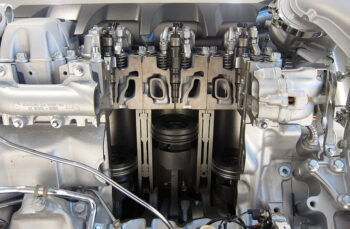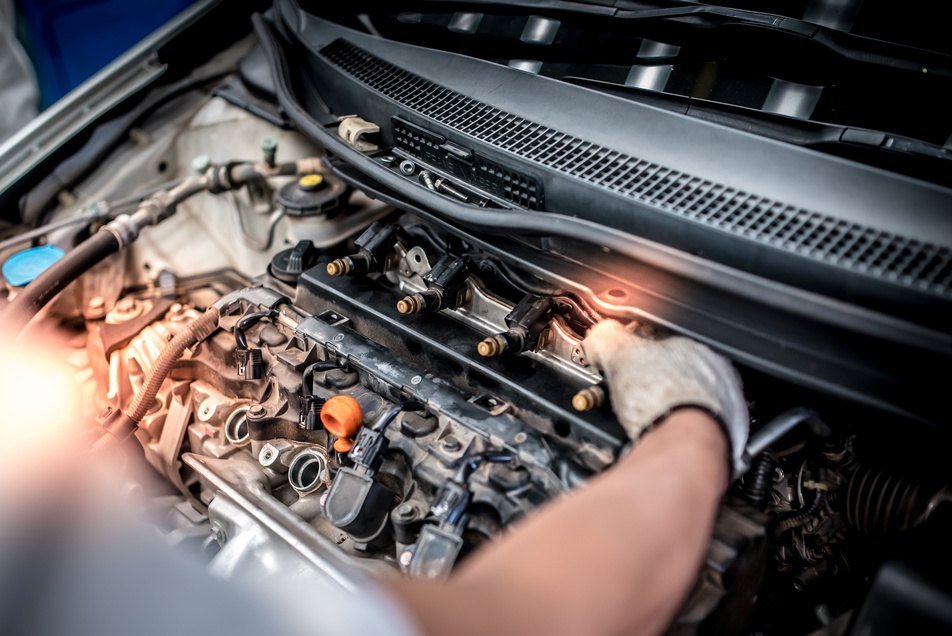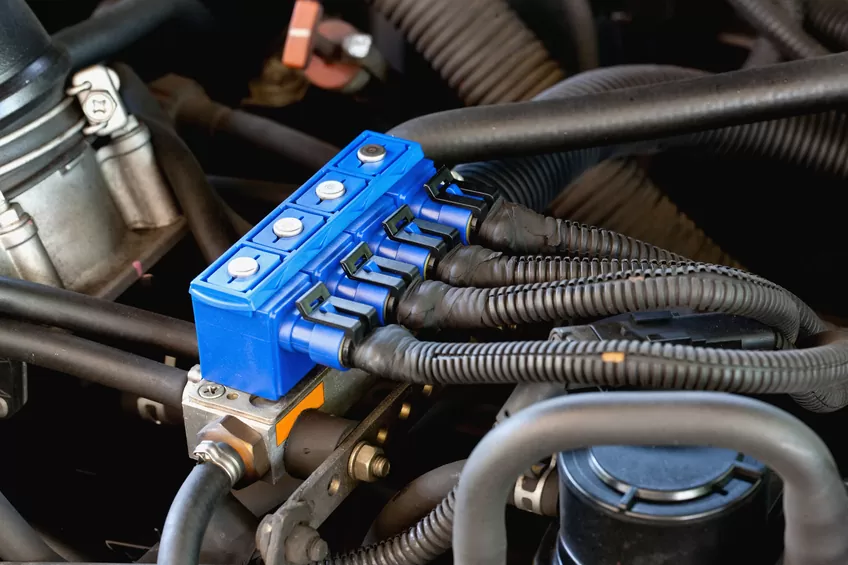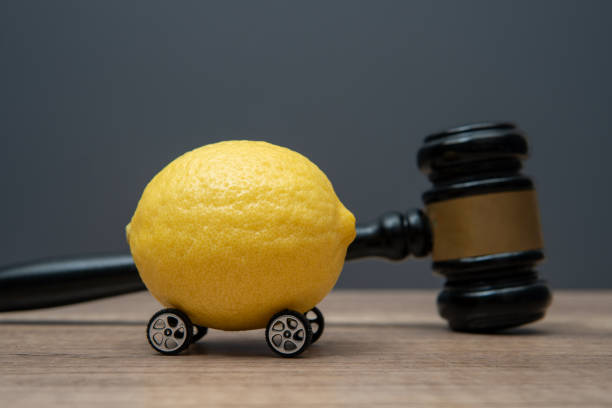Modern vehicles rely on precise technology to deliver fuel efficiently to the engine, and at the heart of this process lies the fuel injection system. This critical component determines how smoothly your engine runs, how much fuel it consumes, and how much power it can produce.
In this article, we’ll break down what a fuel injection system is, how it works, the different types, advantages over carburetors, common problems, and how to keep it in peak condition.
🚗 What Is a Fuel Injection System?
A fuel injection system is a mechanism that delivers fuel directly into the combustion chamber or intake manifold of an internal combustion engine. It precisely controls the amount, timing, and pressure of fuel delivery, ensuring optimal performance, fuel efficiency, and reduced emissions.
✅ Primary Function:
- To deliver the right amount of fuel, at the right time, and in the right way for complete combustion.
⚙️ How a Fuel Injection System Works

The fuel injection process is controlled by the engine control unit (ECU), which receives data from various sensors (like oxygen, throttle, and temperature sensors). Based on this information, the ECU determines how much fuel to inject.
Basic Fuel Injection Steps:
- Fuel Pump draws fuel from the tank.
- Fuel Filter removes impurities.
- Fuel Injector(s) spray a fine mist of fuel into the intake manifold or cylinder.
- ECU adjusts the timing and amount of fuel based on engine demand.
The result? Clean, efficient, and controlled combustion.
🔍 Types of Fuel Injection Systems
Different types of fuel injection systems exist based on engine design and performance needs. The main types include:
1. Single-Point Injection (Throttle Body Injection)
- Uses one injector for the entire engine.
- Simpler and less costly.
- Less efficient than multi-point systems.
2. Multi-Point Fuel Injection (MPFI)
- Each cylinder has its own injector.
- Improves fuel distribution and efficiency.
- Most common in modern vehicles.
3. Sequential Fuel Injection (SFI)
- A more advanced MPFI system.
- Injects fuel in sequence with the firing order.
- Better timing and fuel economy.
4. Direct Fuel Injection (GDI / DFI)
- Injects fuel directly into the combustion chamber.
- Offers higher performance and fuel efficiency.
- Used in high-performance and modern turbocharged engines.
💡 Fuel Injection vs. Carburetor
| Feature | Fuel Injection System | Carburetor |
| Fuel Delivery | Electronic & precise | Mechanical & less accurate |
| Efficiency | High | Lower |
| Emissions | Low | Higher |
| Cold Start | Quick and easy | Often difficult |
| Maintenance | Less frequent | Needs tuning more often |
Fuel injection systems have mostly replaced carburetors in modern vehicles due to their superior efficiency, performance, and compliance with emissions standards.
✅ Benefits of Fuel Injection Systems

- 🔥 Better Fuel Efficiency
Accurate fuel delivery minimizes waste. - 🚗 Improved Engine Performance
Delivers optimal air-fuel mixture for all conditions. - 🌱 Lower Emissions
Cleaner burning fuel reduces environmental impact. - 🧊 Easier Cold Starts
Electronic controls adjust fuel for all temperatures. - 🛠️ Lower Maintenance
No need for manual tuning like with carburetors.
⚠️ Common Fuel Injection Problems
Despite being highly reliable, fuel injection systems can develop issues, especially over time or with poor maintenance:
1. Clogged Fuel Injectors
- Caused by dirty fuel or carbon deposits.
- Leads to poor engine performance and misfires.
2. Faulty Fuel Pressure Regulator
- Can cause either too much or too little fuel delivery.
3. Bad Fuel Pump
- May result in low fuel pressure, rough idling, or stalling.
4. Sensor Malfunction
- Inaccurate readings from oxygen or airflow sensors disrupt injection timing.
5. Leaky Injectors
- Cause fuel smell, increased consumption, or engine flooding.
🧰 Fuel Injection System Maintenance Tips
- ⛽ Use high-quality fuel and avoid low-grade or contaminated gas.
- 🔧 Replace fuel filters regularly (every 20,000–40,000 miles).
- 🧼 Use fuel injector cleaner every few thousand miles.
- 🚫 Don’t let your fuel tank run empty—this can overheat the fuel pump.
- 🔎 Check for warning signs: rough idling, decreased mileage, or fuel smell.
FAQs About Fuel Injection Systems
Q1: How do I know if my fuel injectors are clogged?
Symptoms include rough idling, poor acceleration, misfiring, and decreased fuel efficiency.
Q2: Can I clean fuel injectors myself?
Yes, with fuel injector cleaner additives or professional ultrasonic cleaning for deeper deposits.
Q3: How long do fuel injectors last?
Typically 50,000 to 100,000 miles, depending on fuel quality and maintenance.
Q4: Is direct fuel injection better than MPFI?
Direct injection offers better efficiency and power, but it’s more complex and can suffer from carbon build-up without proper care.
Q5: Can fuel injectors cause starting problems?
Yes, especially if they’re leaking or clogged, disrupting the air-fuel mixture.
Q6: Are fuel injection systems found in diesel engines too?
Absolutely. Diesel engines also rely on advanced fuel injection systems, often with higher pressures.
Q7: How much does it cost to replace fuel injectors?
Between $100–$500 per injector, depending on the vehicle and labor involved.
Q8: Do all modern cars use fuel injection?
Yes. Fuel injection has replaced carburetors in virtually all vehicles built after the 1990s.
Conclusion: Fuel Injection System – Power, Precision, and Efficiency
The fuel injection system is one of the most important advancements in automotive engineering. It offers precision fuel delivery, enhanced performance, lower emissions, and greater fuel efficiency than older systems. Keeping it well-maintained ensures a smoother ride, lower fuel bills, and fewer trips to the repair shop. If your engine isn’t running quite right, a well-maintained fuel injection system could be the key to bringing it back to life.




